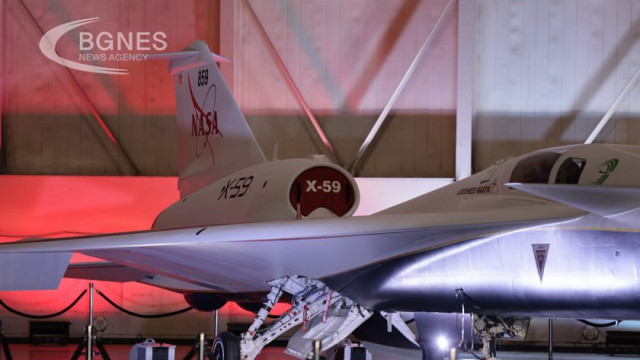NASA and Lockheed Martin have finally unveiled the X-59, a "quiet supersonic" aircraft that could change the future of military and civilian air travel.
The completed X-59 Quest was seen by nearly 150 people at the legendary Lockheed Martin Skunk Works in Palmdale, known for its secrecy. The plane has been in development for years after NASA awarded a $248 million grant in 2018. This is just the first of many research programs that NASA aims to fund to take bold steps forward in aviation in terms of speed, efficiency and size.
Until now, the plane had only been seen in various stages of assembly in the hangar, but today it made its first public appearance.
The X-59 is designed to break the sound barrier without the thunderous sonic booms that normally occur when aircraft travel at supersonic speeds. Instead, it makes a much quieter sound, similar to the sound of a car door slamming. The aircraft has the potential to revolutionize supersonic flight and aviation in general.
"Rarely have we had the opportunity to welcome so many visitors to Skunk Works, and even more rarely have we been able to publicly display one of our aircraft," said John Clark, vice president and general manager of Lockheed Martin Skunk Works.
When the curtain finally fell to reveal the X-59, the assembled crowd cheered and held up their cellphones to capture the new aircraft, gleaming red and blue under the lights. The elongated beak-like nose of the aircraft stood out to the audience.
"This is a moment that future generations will look back on with awe and admiration," said Greg Ulmer, Lockheed Martin's vice president of aeronautics. "The Skunk Works mantra of speed, quiet and quality takes on a whole new meaning. We herald the hopes of a new era of quiet supersonic travel made possible by our collaboration with NASA," he emphasized. /BGNES







